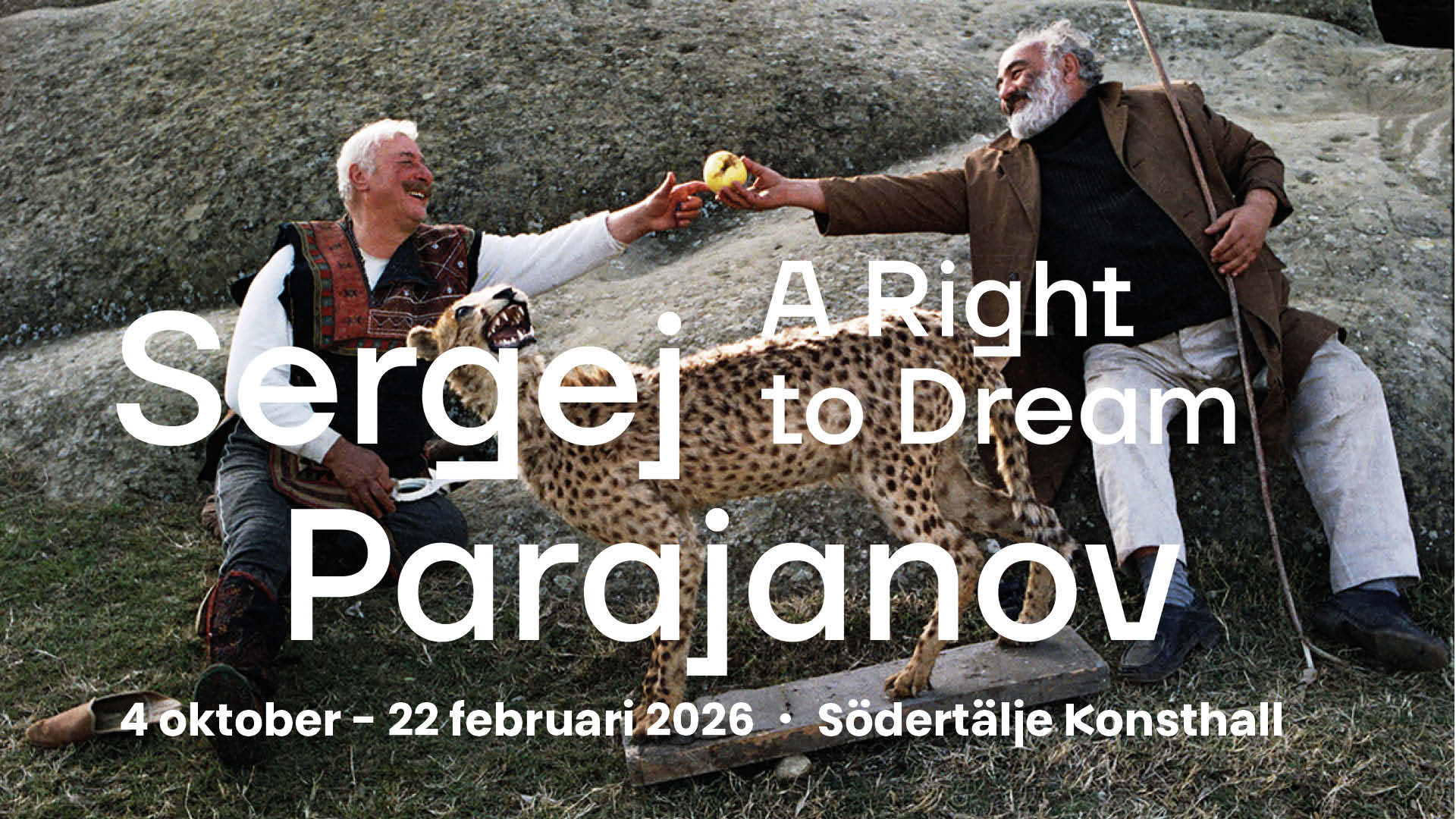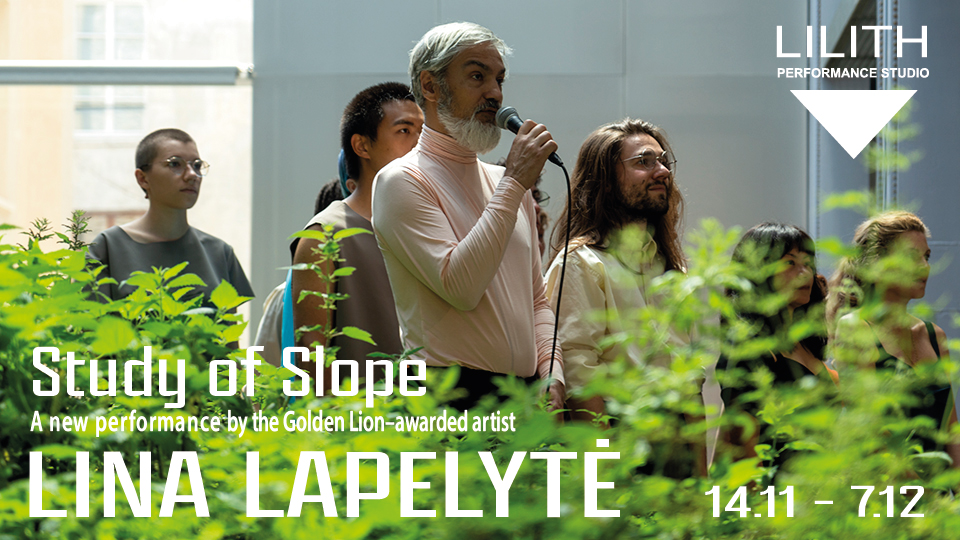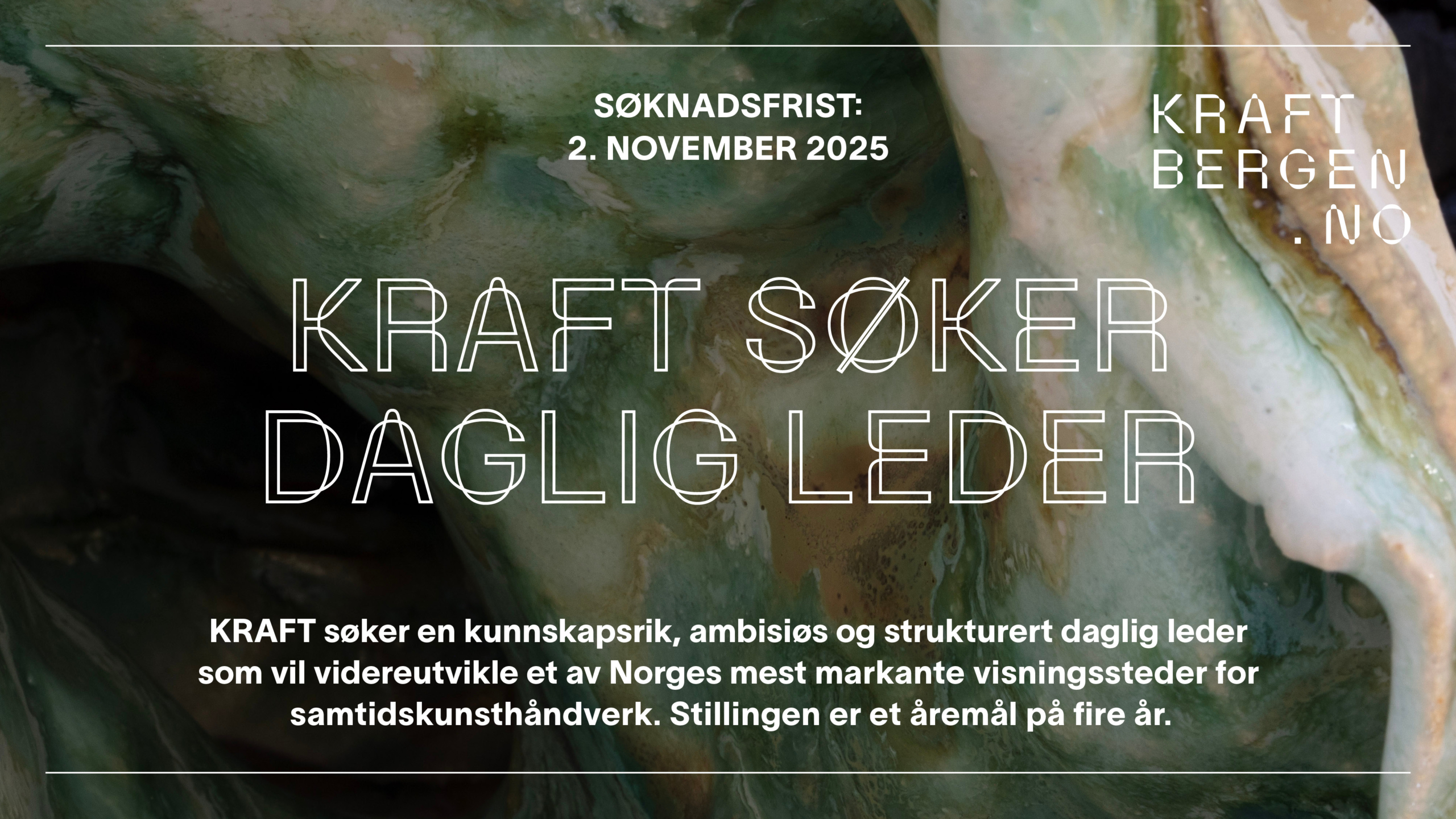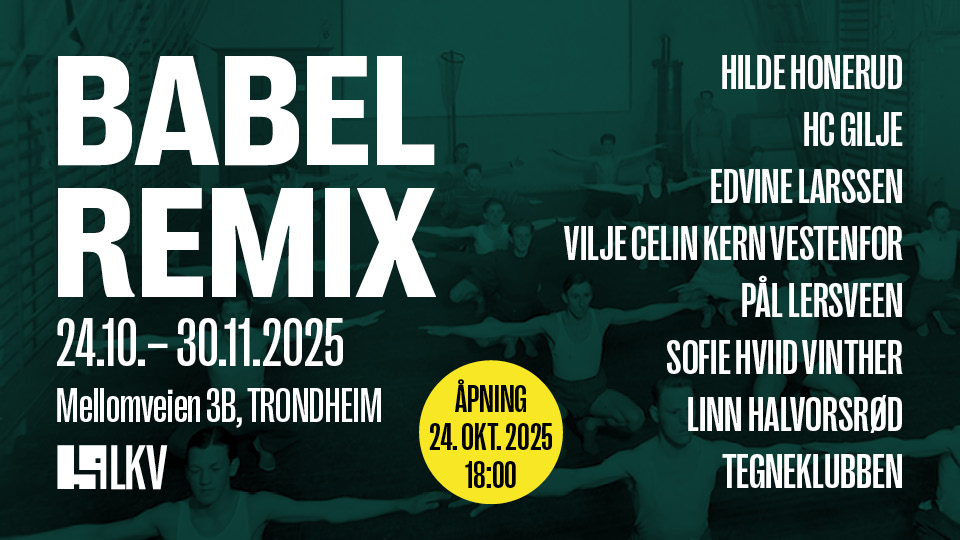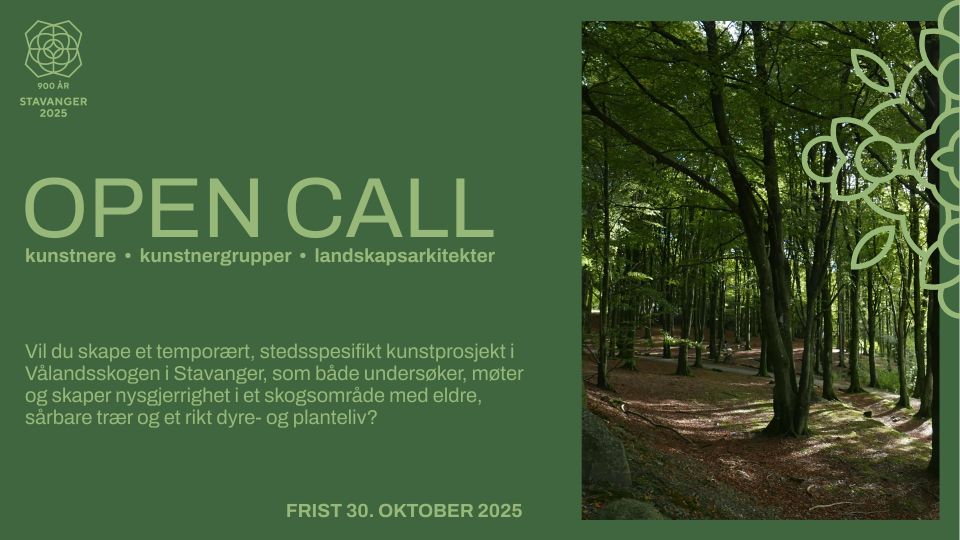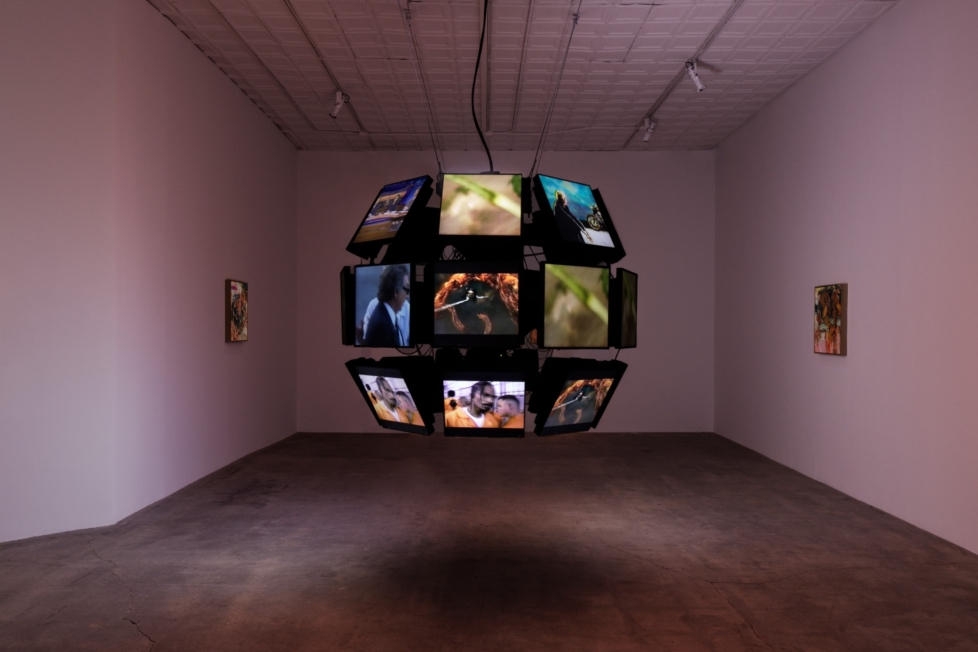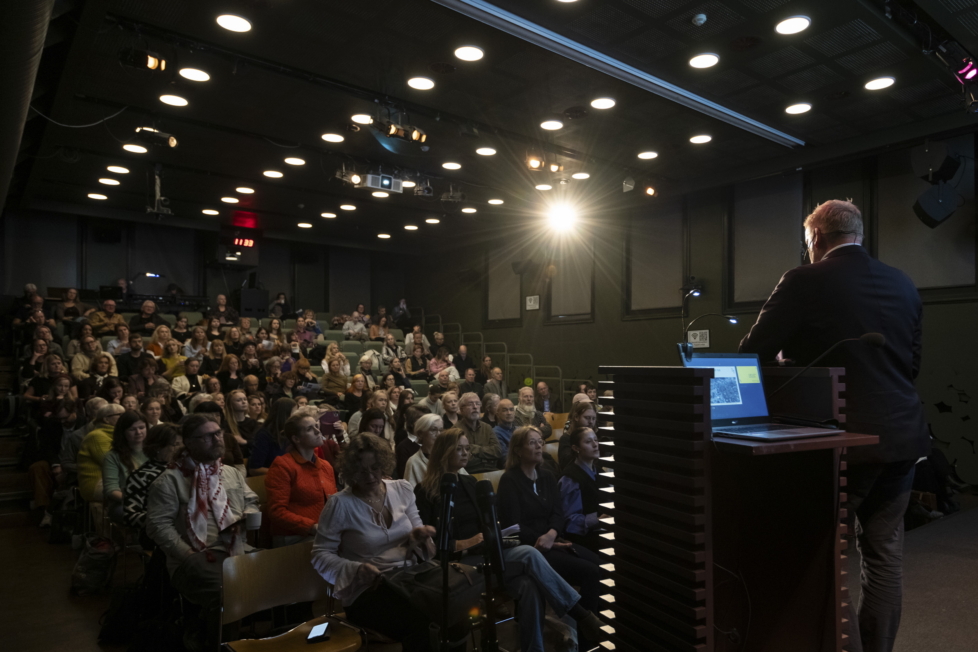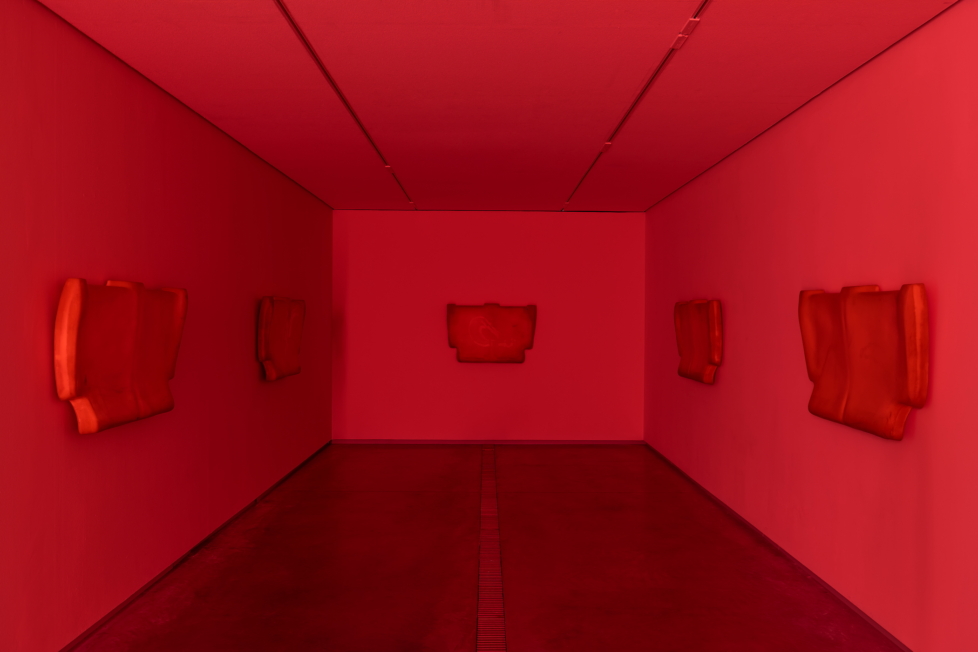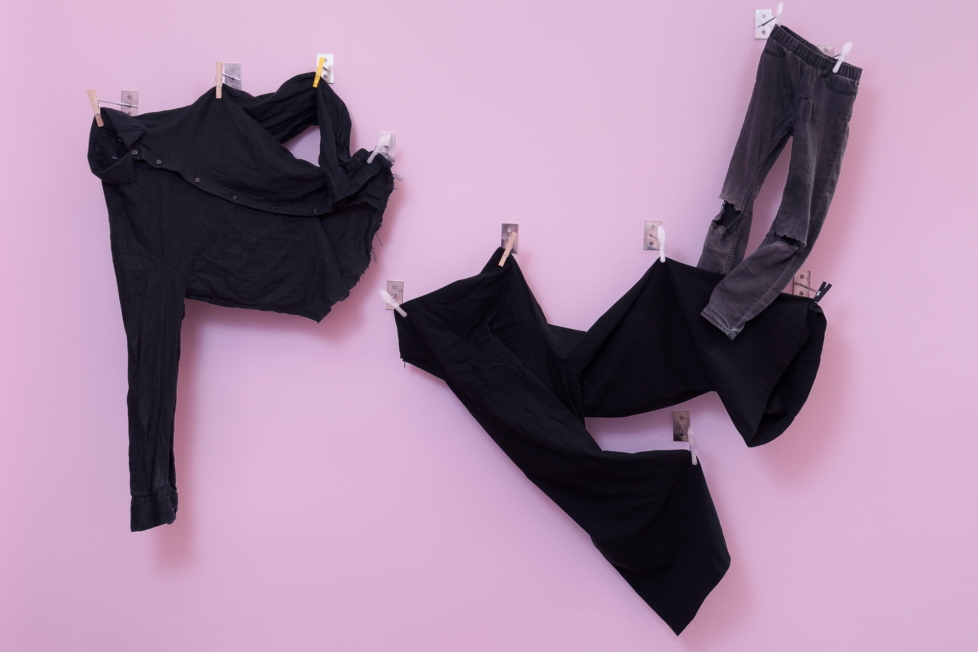
“On a scale from one to ten, how would you rate your expectations of this exhibition?” I am trying to direct her focus towards our imminent visit to the Kjartan Slettemark exhibition at Museet for samtidskunst. After all, the idea is to try to see the exhibition through her eyes – and so naturally her expectations need to be factored in. Even if, in this particular case, we seem to be dealing with a typical absence of expectations, I think to myself as I watch her saunter along, head held low inside her large blue winter coat, dutifully coming with her dad to see an exhibition. “Seven? Eight?” I suggest when no answer is forthcoming. “Noooo …, “ she drawls, hesitatingly, “not quite that high.” “One? Two?” “Five, maybe?”. I suspect her neutrality is just a diplomatic guise. Going to exhibitions is definitely far down on the list of things that my ten-year-old wants to do. The last time I brought her along we went to Høvikodden to see the drawings of Olav Christopher Jenssen. She gave the whole thing about six minutes before scuttling off to the lobby to read a Harry Potter book she’d brought along for just such an eventuality. I am not sure what actually causes this aversion. Looking at pictures made by others fails to interest her, even if she is enthusiastic about making her own.
When she was younger and I was studying at the Academy I would sometimes bring her along to private views and receptions. But after a while I realised that none of us actually got anything out of it. She was bored, as of course she would be, and she would hang on my leg, heavy and warm, a constant reminder that I had obligations other than the lukewarm beer in my hand. With each passing year, going out to see art together has become an increasingly rare event. To me, really looking at art is a self-aware, self-conscious, and frequently arduous activity, and it is something I prefer to do on my own. Perhaps my hesitation to bring her along is also caused by my failings as an art presenter, by my failure to bridge the gap between my conceptual frameworks and hers. The air feels dense with questions, and the answers I can provide are hopelessly complicated. She senses this, I think, and so she does not ask.

The title KjARTan Slettemark. Kunsten å være kunst (KjARTan Slettemark. The Art of Being Art) certainly establishes the museum’s ambition to have a wide reach. In the stairwell leading up to the second floor the museum has elected to project a series of large photographic portraits of Slettemark. One of the pictures shows him wearing a policeman’s hat and barbed-wire glasses, his thumb stuck in his mouth. Another shows him naked, striking a Christ-like pose. My daughter covers her eyes in blushing modesty as we pass. She has a similar response when confronted by the drawings of policemen sodomised with batons a littler further inside the exhibition; she draws near, but abruptly turns away when she realises what the pictures show. I rapidly read the text on the piece of plexiglass leaning against the wall. The headline is “Snutnoia” – “Copnoia”. I wave her over. She comes, unwillingly. The text relates the story of an episode where Slettemark conduced a sit-in in a hot-dog stand and ended up getting arrested. Apparently this experience inspired the small ink drawings. I explain to my daughter how they were drawn as a response against what the artist regarded as a violation perpetrated by the authorities. Her body language makes it very clear that she does not want to talk about this. The questions I had expected to hear – questions that might spur on a conversation about the conflict between individual and society or something like that – never come. We just stand there, silent, in front of a wall of drawings showing men with batons up their butts.
The exhibition is arranged in chronological order, and this structuring principle is supplemented by a number of texts that engage the artworks in a dialogue with events from the artist’s life, such as the story about the hot-dog stand. There is also a bit of reception history thrown in. Of particular note is, of course, the reception of the painting From a Report from Vietnam. Children are Splashed by Burning Napalm. Their Skin is Burnt into Black Wounds and they Die (1965): it was subjected to several attacks, including one with an axe, when it was exhibited as “picture of the month” in front of Stortinget back in the 1960s.

We really just wandered randomly through the first two rooms featuring Kjartan’s assemblage paintings from the 1960s. While doing that I sought to find points of entry, ways of viewing the works that might open them up to a ten-year-old, with varying degrees of success. It would seem that works with anatomical subject matter holds the greatest appeal. For example, we spend some time watching faces with their tongues stuck out, discussing which colour would be the yuckiest if we were to wake up and find that our tongues had changed overnight. We agree that the variant with the green and pink spots is the grossest of them all. I do not discover the large information boards leaning against the walls until we arrive at From a Report from Vietnam. This discovery prompts me to change my presentation strategy. Instead of singling out specific elements that I think might evoke some interest (such as tongues) I am now able to take a more contextualising approach. My hope is that some insight into “the artist’s life” might serve to pique her curiosity. Up until this point the séance has been infused with a certain degree of grudging resentment. At least this biographical framework provides me with a kind of narrative within which to place the pictures, andthus removes some of the pressure of having to come up with explanations.
“When this painting was first exhibited someone attacked it with an axe,” I say. “Oh,” she replies. She turns her back on the painting after having read the title, realising that the shapeless lump is meant to depict a burnt child. “I don’t want to look at it,” she says. “Can you think of any reason why anyone would want to take an axe to a painting?” “It’s not exactly the nicest painting I’ve ever seen …” We move on.

Slettemark’s early works – mainly paintings, reliefs, and assemblages – are easier to handle without any prior knowledge of his art than the dissident performance works that emerged during the second half of the 1960s. The many anecdotes from the artist’s life are useful when one encounters these works too, but at the same time the constant reference to Slettemark’s biography is also problematic when used as an educational tool, a lens through which to view the exhibition: For Slettemark’s art was more than simply one individual’s Tourette’s-like lunges against social norms. But the cultural struggles of the 1960s and 1970s and the avant-garde movements that obviously influenced Slettemark’s practice are left to float unnoticed and unmentioned in the background; it is assumed that visitors will know these things. This categorical omission of a rather more art historical perspective makes the way in which the exhibition is presented less abstract and hence, you would think, less off-putting to a ten-year-old. At the same time many of the works in the room are based on documentation; various actions from the period are presented in the form of film footage, audio clips, and photographs. The lack of an explicit reasoning behind this expansive conception of art makes it difficult for my daughter to relate to all this, I think. It falls outside the scope of her categories.
Of course it is my job here to provide her with more information, but because I don’t want to scare her off with the difficult task of making accurate definitions I continue to fall back on comic reductions instead, helped along in this by the anecdotes. We (or, truth be told, only I) chuckle at the story of how Slettemark applied for refugee status at Moderna Museet in Stockholm and, when refused, checked into a hotel instead and sent the bill to the museum. “Don’t you think that’s funny?” I ask. She shrugs.

A few minutes later I ask her to search the entire room and find the picture she likes best. She shuffles into action. Her gaze flickers across the walls. After a few minutes she stops by a group of black and white photographs and a poster showing a grainy face partially covered by a large blob of colour. Along the lower edge of the poster’s broad, white frame are the words “hög partiet”. The same poster appears in several of the photographs here. In the picture my daughter is looking at the poster is on a tree trunk, surrounded by cows. “Is this the picture you like the best?” I ask.
“I don’t know, I like the cows,” she replies hesitatingly. “But I don’t understand the other bits.” I spend a few seconds digesting the fragmented images, which seem to be documenting some kind of happening, before I venture an explanation. “Do you see that man with the cloud of smoke around his head?” I point to one of the other pictures, showing a grinning man holding up a smoking chillum (a kind of pipe commonly used to smoke cannabis) in front of his face. “Yes.” “He’s smoking marijuana.” I point to the poster next to the photographs. “’Hög’ is the Swedish word for ‘high’,” I say, “and that’s another word for being intoxicated, like you get when you smoke marijuana.” I go on: “The poster probably originally said ‛Högerpartiet’ (a right-wing party; “höger” meaning “right”). The artist took a poster advertising Högerpartiet and turned it into a kind of marijuana commercial”. “Why?” “Because he disagreed with them, I think. “About what?” “I suppose he thought that you should be allowed to smoke marijuana if you wanted to”.
A few minutes later she comes to me and asks if she can pick a sculpture instead of a picture. “Of course.” “Then I like that one best,” she says, pointing to a dog figure carved from a piece of wood and painted black. Basse, the sculpture is called. I am encouraged by the fact that the saw something that caught her interest. I note that she is drawn to depictions of animals (first the cows and now the dog) and think that maybe she would appreciate Slettemark’s poodle performance. But this, too, elicits very little enthusiasm. She simply frowns, adopting a kind of what-a-freak grimace, and sinks down despondently into a chair in front of a wall showing photographs of the tall man in the tight poodle costume.

”Did you think the exhibition was boring?” I ask her as we are making our way back home. ”Yes.” ”Why?” ”I didn’t understand any of it.” I think for a moment. “OK. Let’s say that you were approached by one of the curators at the Museet for samtidskunst and asked to help them make an exhibition …” “What’s a curator?” “A curator is someone who makes exhibitions. Let’s say they needed help to make the exhibition interesting for children; what sort of advice would you give them?” She ponders for a second. “Maybe that they should show some pictures that were a bit more normal, that children would understand. Not just pictures like the one where that guy Nixon had his eyes turned upside down.” I suggest that maybe the artist turned the US president’s eyes upside down as a token of protest against the Vietnam War, that what he did to the picture of the president expressed an anger, a kind of violence. “Yes, maybe,” she concedes. But it is obvious that this reading strikes her as rather arbitrary, and certainly “… not something I would have come up with on my own,” as she puts it.
So an exhibition aimed at children (certainly any exhibition aimed at my child!) should present something that seems familiar and recognisable (if the objective is to catch their interest, that is). One should focus on subjects and motifs that are appealing – such as the human anatomy and animal figures – in order to compensate for the alienating and difficult aspects of art’s idioms and methods. (I suppose that was what I tried to do.) But if you only see contemporary art as a tool for depiction, or as a matter of biographical detail, then you miss out on the tradition for social critique that infuses contemporary art and which helps legitimise and give meaning to much of what Slettemark has done. After all, if we only look at Slettemark’s Basse sculpture as a visual object, nothing more, it would find it difficult to compete with e.g. the animated work of Pixar. If you are not aware of art’s unique nature as practice and object, then what do you get out of it? A look in the exhibition flyer reveals that several workshops for children were arranged at the museum studio during the exhibition run. Here, children could create artworks inspired by Slettemark, such as fake passports, figures made out of plastic garbage, and animal masks. Unfortunately we didn’t get to experience any of that. Presumably it is hands-on activities of this kind that must be brought into play if a museum visit with a child is ever to be anything more than an exercise in patience.
